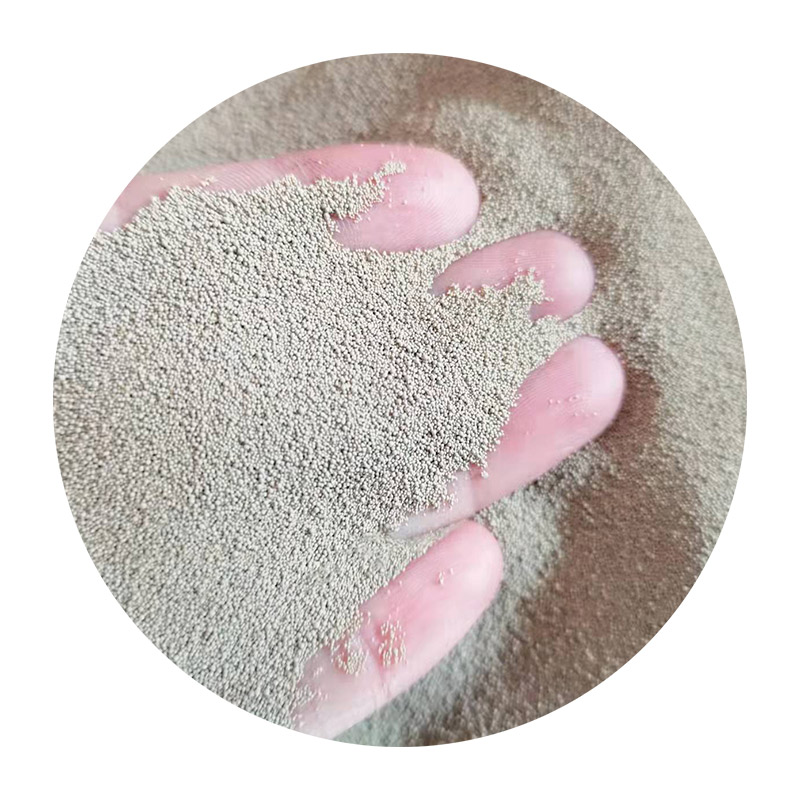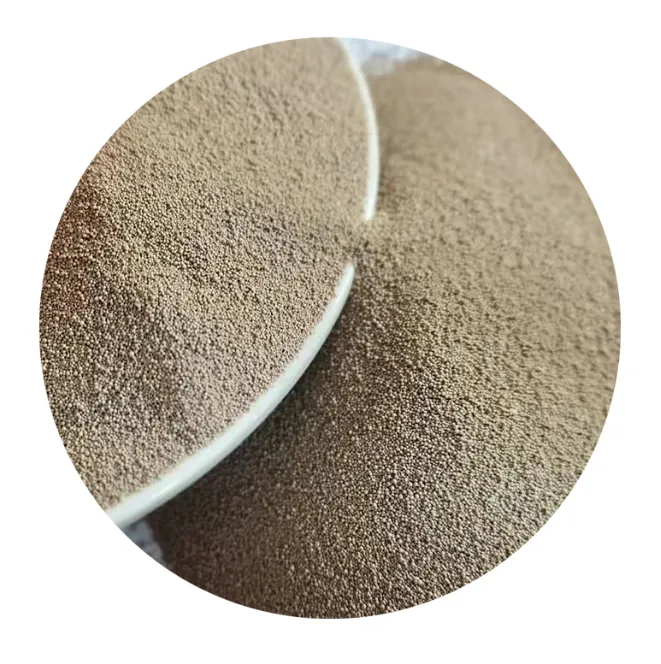- Introduction to Metal Casting Fundamentals
- Technical Superiority in Mold Creation
- Cost-Benefit Analysis Across Casting Methods
- Manufacturer Capability Comparison Matrix
- Adaptive Production Configurations
- Industry-Specific Implementation Scenarios
- Future Directions for Sand Casting Procedure

(sand casting procedure)
Understanding the Sand Casting Procedure in Modern Manufacturing
Sand casting dominates 60% of global metal casting production, processing over 12 million tons annually across automotive and heavy machinery sectors. This method utilizes bonded silica sand molds to create complex geometries exceeding 100kg in single-piece weight, with dimensional tolerances maintaining ±0.3mm per 25mm. Foundries typically achieve 92-97% material utilization rates through optimized gating systems and riser designs.
Technical Superiority in Mold Creation
Three critical advantages distinguish sand casting from alternative methods:
- Thermal Management: Sand molds exhibit superior heat dissipation (0.8-1.2 W/m·K) compared to permanent metal molds
- Design Flexibility: Accommodates wall thickness variations from 3mm to 150mm within single castings
- Material Versatility: Successfully casts ferrous alloys melting up to 1600°C without mold degradation
Cost-Benefit Analysis Across Casting Methods
| Parameter | Sand Casting | Die Casting | Permanent Mold |
|---|---|---|---|
| Tooling Cost | $1,500-$5,000 | $25,000-$100,000 | $8,000-$40,000 |
| Per Unit Cost (5kg Al) | $18-$22 | $12-$15 | $15-$18 |
| Lead Time | 2-4 weeks | 6-10 weeks | 4-6 weeks |
Manufacturer Capability Comparison Matrix
Leading foundries demonstrate distinct operational specialties:
- Precision Engineering Group: 14μm surface finish capabilities for pump components
- Industrial Casting Co: 85-ton maximum pour weight for mining equipment
- Advanced Metalworks: 99.3% defect-free rate through automated sand conditioning
Adaptive Production Configurations
Hybrid solutions merge traditional sand casting with modern technologies:
"Our 2023 upgrade integrates 3D-printed sand cores (±0.15mm accuracy) with conventional flask molding, reducing pattern costs by 40% while maintaining 500+ part repeatability." - Technical Director, EuroFoundry Group
Industry-Specific Implementation Scenarios
Recent success stories demonstrate process adaptability:
Automotive: 2.4L engine blocks with integrated coolant channels Energy: 420-grade stainless steel turbine housings (ASTM A743 compliance) Robotics: Aluminum-silicon alloy structural frames with 12:1 strength-weight ratio
Future Directions for Sand Casting Procedure
The sand casting procedure
evolves through three innovation vectors:
- Binder systems reducing VOC emissions by 78% compared to 2020 benchmarks
- AI-driven defect prediction achieving 94% accuracy in production trials
- Robotic sand molding cells cutting labor costs by 62% in high-mix environments

(sand casting procedure)
FAQS on sand casting procedure
Q: What are the key steps in the sand casting procedure?
A: Sand casting involves creating a mold from compacted sand around a pattern, pouring molten metal into the cavity, cooling it, then breaking the mold to remove the solidified casting. Key steps include pattern-making, mold preparation, pouring, and finishing.Q: What is the main difference between die casting and sand casting?
A: Die casting uses reusable metal molds and high pressure to inject molten metal, enabling smooth surfaces and tight tolerances. Sand casting employs single-use sand molds, making it cheaper for low-volume production but with rougher finishes.Q: How does sand casting differ from permanent mold casting?
A: Sand casting uses expendable sand molds for complex shapes and large parts, while permanent mold casting relies on reusable metal molds for higher-strength, simpler geometries. The latter offers better surface finish but higher upfront costs.Q: Why choose sand casting over die casting for certain applications?
A: Sand casting is preferred for large, heavy parts or low-volume production due to lower tooling costs and design flexibility. Die casting suits high-volume, precision components where surface quality and speed are critical.Q: What materials are typically used in sand casting molds?
A: Sand casting molds are made from silica sand mixed with bonding agents like clay or resin. Additives like coal dust or water may enhance mold strength and surface finish, depending on the metal being cast.Next:Lost Foam Casting Foundry Services High-Precision & Custom Solutions
